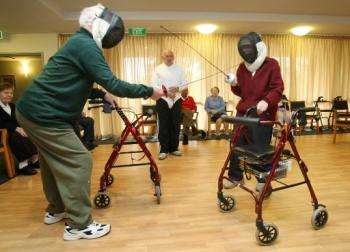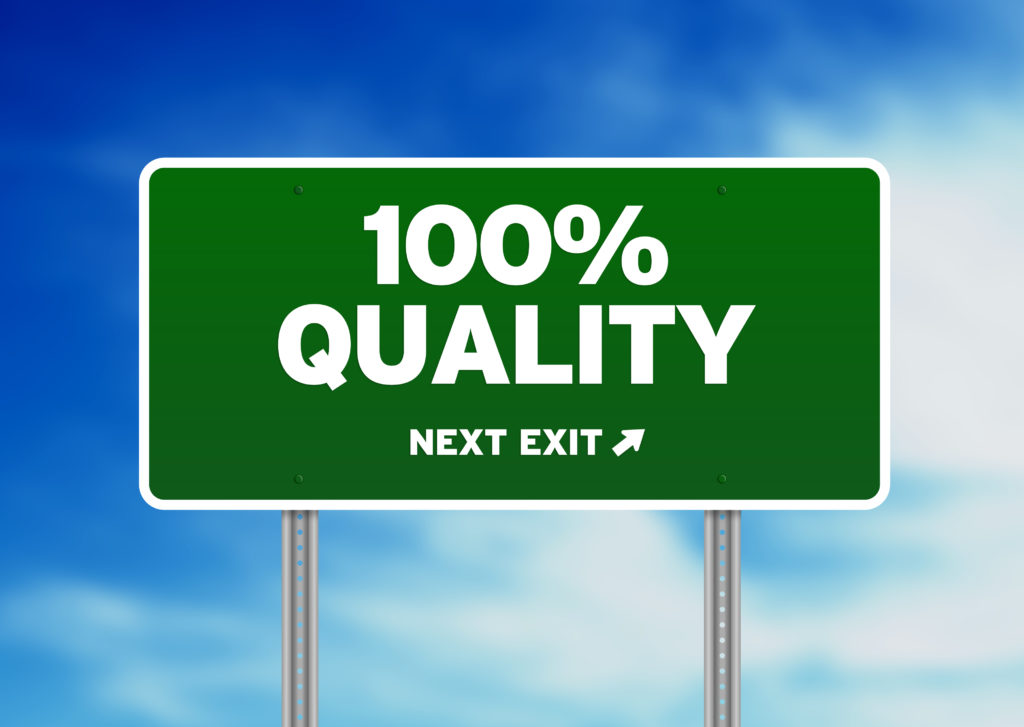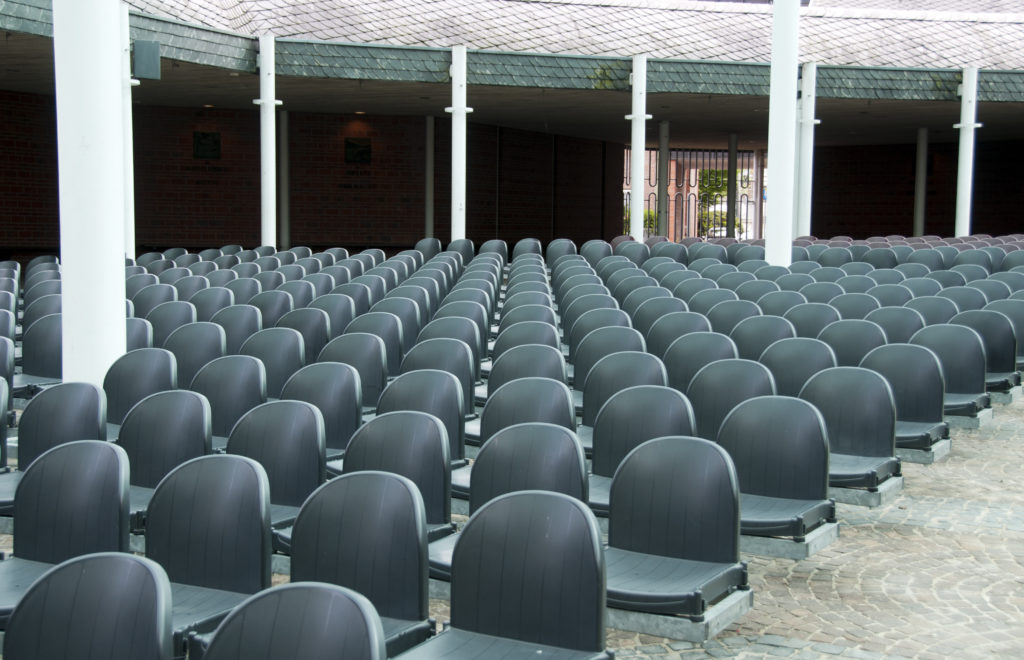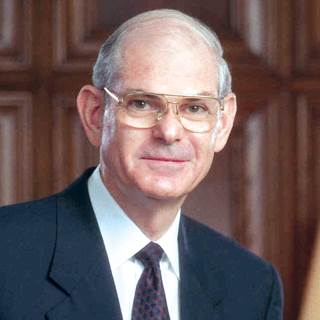 In a previous blog entry, we discussed enhancing your resident’s quality of life. This can come in many areas; the dining experience, their living areas and surroundings, interaction with the staff and, most certainly, with social, recreational and cultural activities.
In a previous blog entry, we discussed enhancing your resident’s quality of life. This can come in many areas; the dining experience, their living areas and surroundings, interaction with the staff and, most certainly, with social, recreational and cultural activities.
How are your activities contributing to your residents’ quality of life? You can offer a number of activities to your residents, but if they don’t participate or don’t really enjoy them, are they truly beneficial or useful for enhancing overall quality of life?
Two initial ways to measure your activities program are 1) Do your residents look forward to and participate in this activity and/or 2) Is this activity “helping” your resident mentally, physically and emotionally? Of course, not every resident will participate in or enjoy every activity which is why a variety of activities are offered on a daily basis. Many communities will involve their residents in identifying and planning the activities of interest to them. The key is finding a balance of the types of activities that will appeal to a majority of your residents, while not overextending your staff or resources.
One community of the Capital Senior Living family had a calendar of activities for one month that included Bingo, puzzles, walking groups, Bible study, Wii games, sewing, shopping, volunteering, cooking, movie night, pet visits and MORE! This is a great example of offering a broad variety of daily and monthly activities that would appeal to a majority of their residents. (On a side note: bingo, cards and puzzles may get a bad rap as “outdated,” but don’t just give up those activities summarily. Those activities still appeal to many and, done right, can be lots of fun.)
A couple of recent items clearly demonstrate some great activities that promote health as well as enjoyment and personal fulfillment.
The Sunrise Senior Living Blog talked about their music programming options and how these activities “help older adults stay mentally and physically healthy.” This particular article indicated:
“A 2006 study conducted by researchers and musicians from George Washington University and funded by the National Institutes of Health, the National Endowment for the Arts and other organizations, found that seniors who participated in choral singing for a year experienced less depression and loneliness, and used less medication than those who did not join a choir. They also had fewer doctor’s visits and experienced improvements in their breathing, singing and speaking, as well as in their overall stamina compared to their counterparts.”
[Read full article]NBC5 in Dallas/Ft. Worth did a feature on a local hospital dance program for those with movement disorders that promoted balance and slowed down the progression of disease for some.
[read full article]In both of the above scenarios, a key feature was that, in addition to the obvious health benefits, the residents were having fun!
Obviously, there are many considerations when implementing an activities program. This is why, at most Senior housing communities, there is a dedicated staff member designated as a Certified Activity Director. Activities should not be taken lightly or as an “extra” provided to the residents, but as one of the necessary services offered as part of the overall lifestyle offered at Senior housing communities.


















